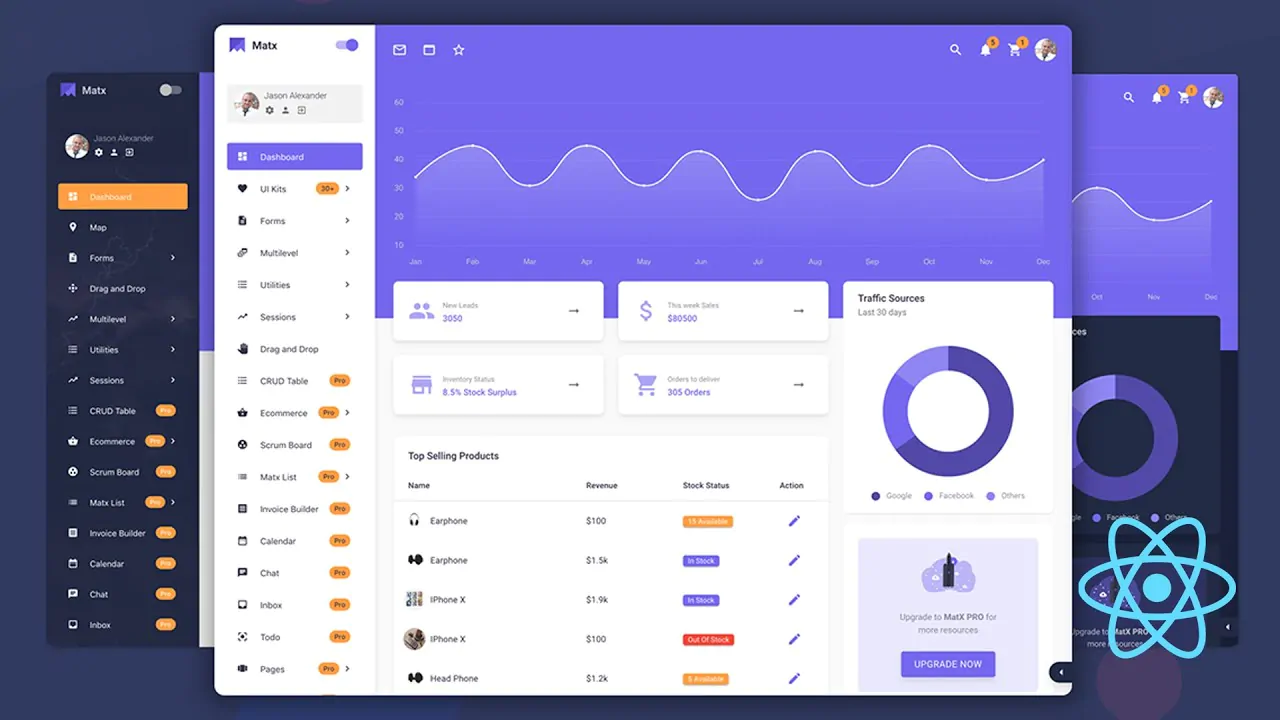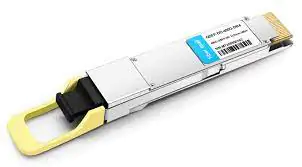What Is Air Traffic Management?

Air traffic management (ATM) aggregates services, tools, and logistics to manage airspaces and traffic flow. ATM is dynamic, integrated management combining facilities and seamless services and involves ground and airborne teams and functions. Parties that control the airspace and traffic flow rely on sophisticated systems to safely, economically, and efficiently achieve their goals. Here’s an overview of the air traffic management system (ATMS):
ATM Services
Managing air traffic relies on three services; air traffic services (ATS), air traffic flow management (ATFM), and airspace management (ASM). Air traffic services provide orderly traffic flow and prevent accidents by applying appropriate separation standards. ATS relies on air traffic control (ATC) services. Controllers communicate with flight crews and alert services like SAR during emergencies. They utilize tactical interventions and direct communication throughout the flight.
Air traffic flow management regulates the flow of aircraft and is responsible for efficiency. ATFM eases congestion by analyzing demand and supply and planning control capacities for instant deployment upon demand. To sty efficient, ATFM imposes restrictions on traffic flows and deploys appropriate sector management. They provide pre-tactical measures. Air space management seeks to manage airspace, which is a scarce resource.
ASM must satisfy the many airspace users, including civil and military. The services cover airspace allocation through routes, zones, and flight levels. ASM also streamlines airspace management structures to provide efficient and economical services. ATS, ATFM, and ASM are the fundamental services of an air traffic management system. The system uses robust tools, so you can find a mix of VoIP, voice, video, fax, and data solutions for communication.
ATM Responsibilities
All parties featured in air traffic management have specific responsibilities and technical requirements. The operational concept of global ATM is a holistic system built for safety, regularity, efficiency, and quality assurance through audits and certifications. ATM is designed for efficient autonomy of flight, separation assurance, situational awareness, and collision avoidance. The goal is to optimize traffic flows through reliable communications, navigation, and surveillance.
ATM also involves strategic airspace management, including infrastructure planning, organization, and visual flight rules (VFR) operations. Other components include tactical airspace management, ATS procedures like incident reporting, and flight operations (systems, pilot procedures, integrations). Air traffic control parties use ATM systems with controller and pilot interfaces for communication, surveillance, navigation, tracking, and reporting.
ATM involves orderly aircraft management on the ground at an airport, airborne, and landing and docking at the destination. Controllers seek to achieve the safe, organized, and expeditious flow of traffic in the global airspace management system. Ground-based controllers guide aircraft through the airspace they’re responsible for and forward them to the next tower. They monitor bearing, position, speed, altitude, and other metrics to keep airspaces safe and prevent congestion.
ATM Technology/Systems
Air traffic controllers use various systems and technologies to prevent collisions and maintain orderly traffic flow. Standard technologies include surface movement and surveillance radars, navigation and surveillance systems, and holographic radars. ATM utilizes voice communication control systems, UHF and VHF systems, radio modems, and transceivers. Controllers also use displays for flight data information, meteorological sensors, and noise monitoring systems.
Collision avoidance systems, training management software, and airfield lighting control and monitoring are all part of modern ATMS. Digital control systems also provide automation and convenience. Such systems use high-definition cameras, automatic surveillance broadcasts, and remote sensing. They increase efficiency, establish unmanned, autonomous digital towers, and improve air traffic controllers’ awareness. Pilots and controllers communicate via radio and data links.
The emphasis of modern air traffic management is on creating interoperable and harmonized systems. ATM encompasses all systems that facilitate the movement of an aircraft from its departure aerodrome to the destination aerodrome. The services cover everything from controls, protocols, and restrictions to capacity management, surveillance, and emergency reporting. Modern technology seeks to harmonize global planning and ATC systems used in different states.
Air Traffic Management System Communication Solutions
For ATM services to work, ground-based parties (controllers) and airborne pilots need reliable communication channels. Modern controllers and pilots use voice, video, fax, and data communications. The systems feature superior hardware and advanced software solutions customized for air traffic control.
The best ATM communication solutions are cost-effective and optimal. Leveraging an air traffic management system is the best way to streamline communication. ATM parties can find robust systems that combine high-performance hardware, smart displays, and ergonomic interfaces. The goal is to facilitate instant, efficient, and cost-effective communications.




